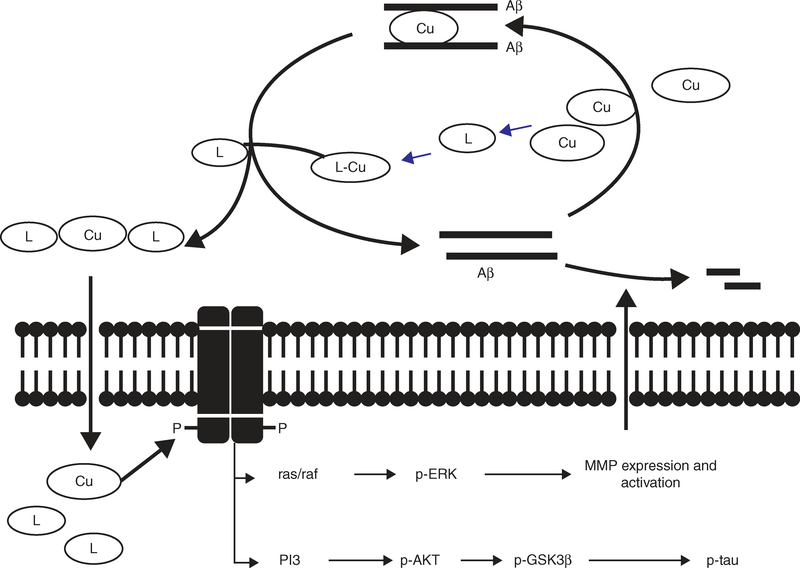Figure 6. Proposed metal ligand action that targets neuronal cell signaling in treatment of AD.
Metal-free ligands (L) such as CQ or PBT2 may bind with Cu of the Aβ peptide-Cu complex resulting in dissolution of Aβ into Cu-free monomers. The metal ligand–Cu complexes or alternative metal complexes such as Cu-bis(thiosemicarbazone) then enter cells, activate PI3K followed by sequential phosphorylation of AKT and glycogen synthase kinase beta (GSK3β) that inhibits tau phosphorylation [228]. The complex-mediated activation of ras/raf signalling activates ERK, upregulates MMP activity, which cleaves the monomeric Aβ.
Adapted from [90].

